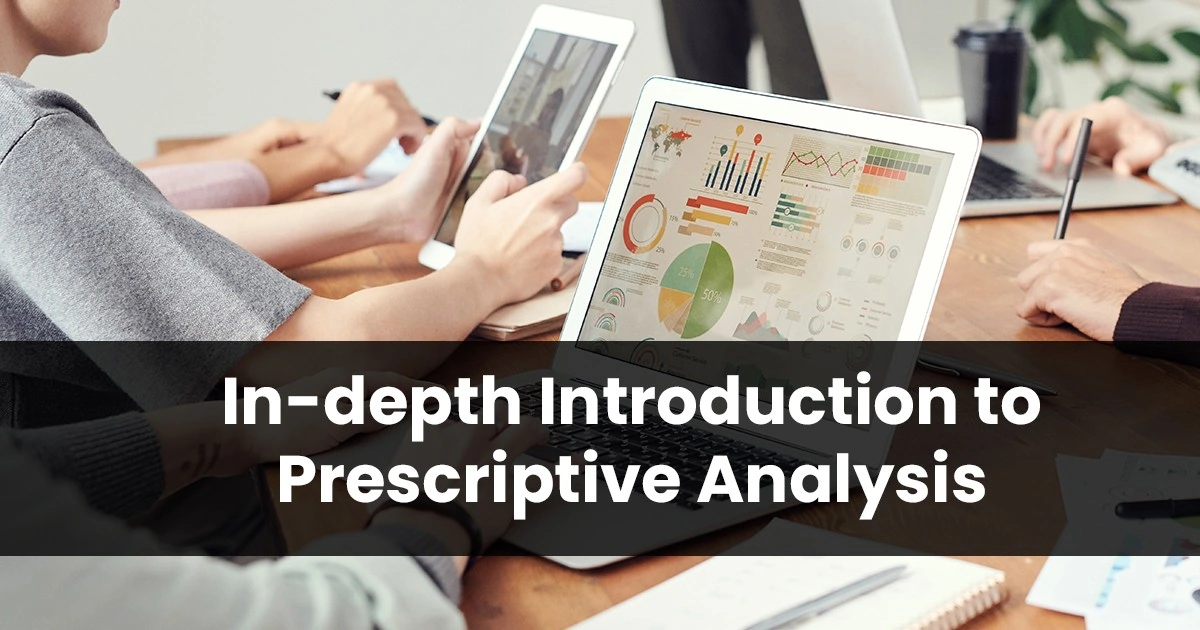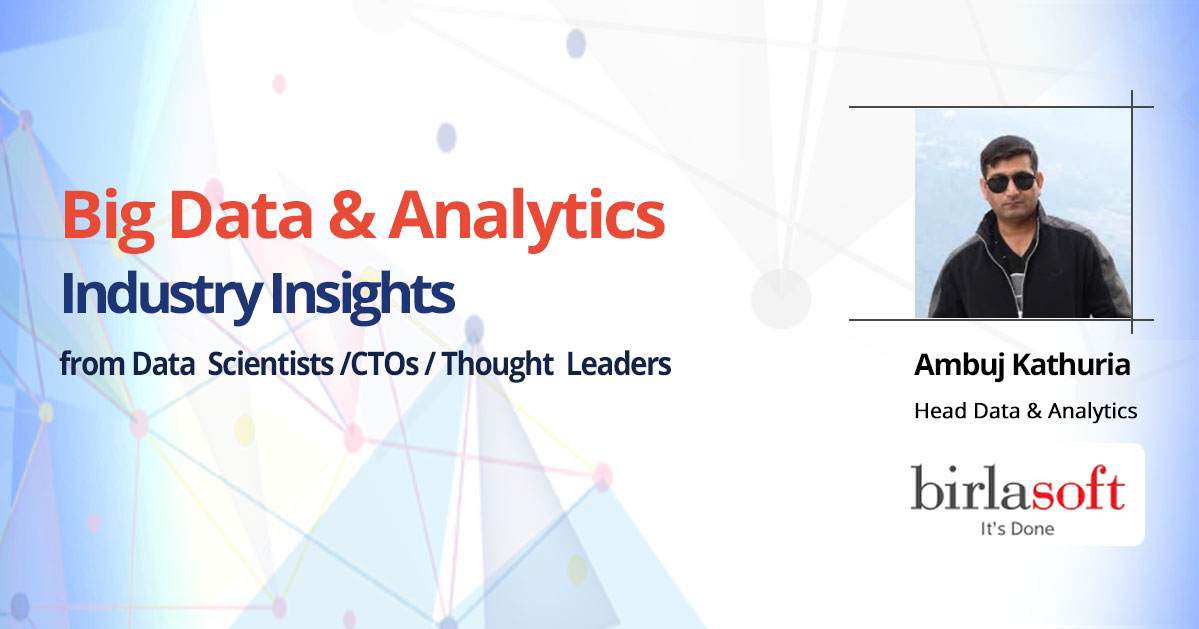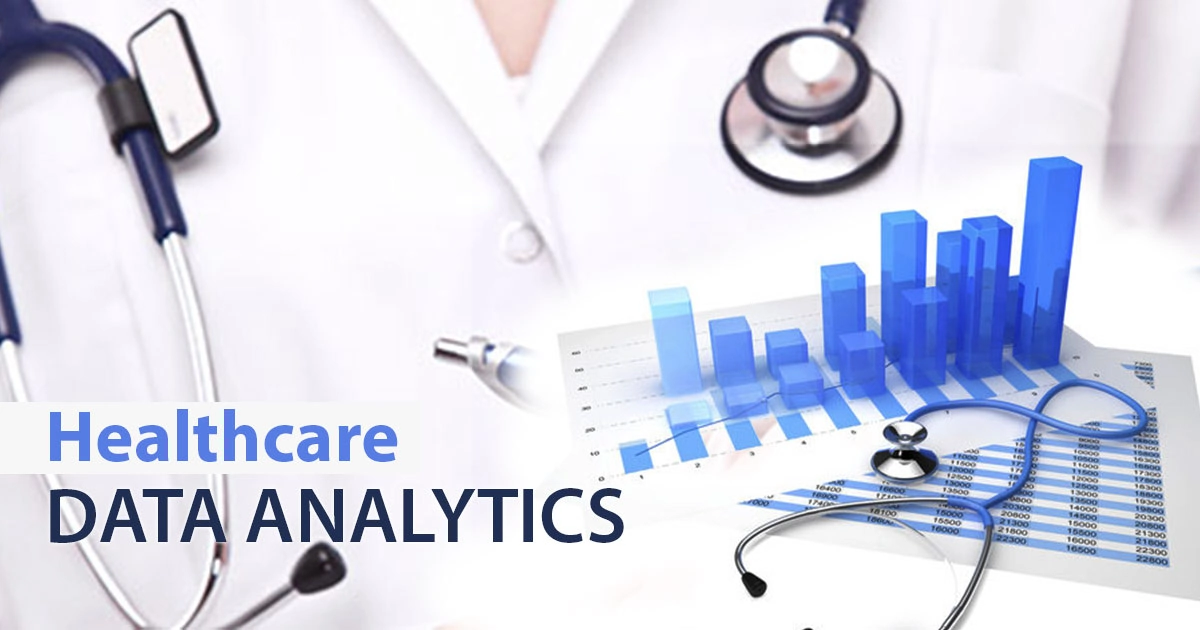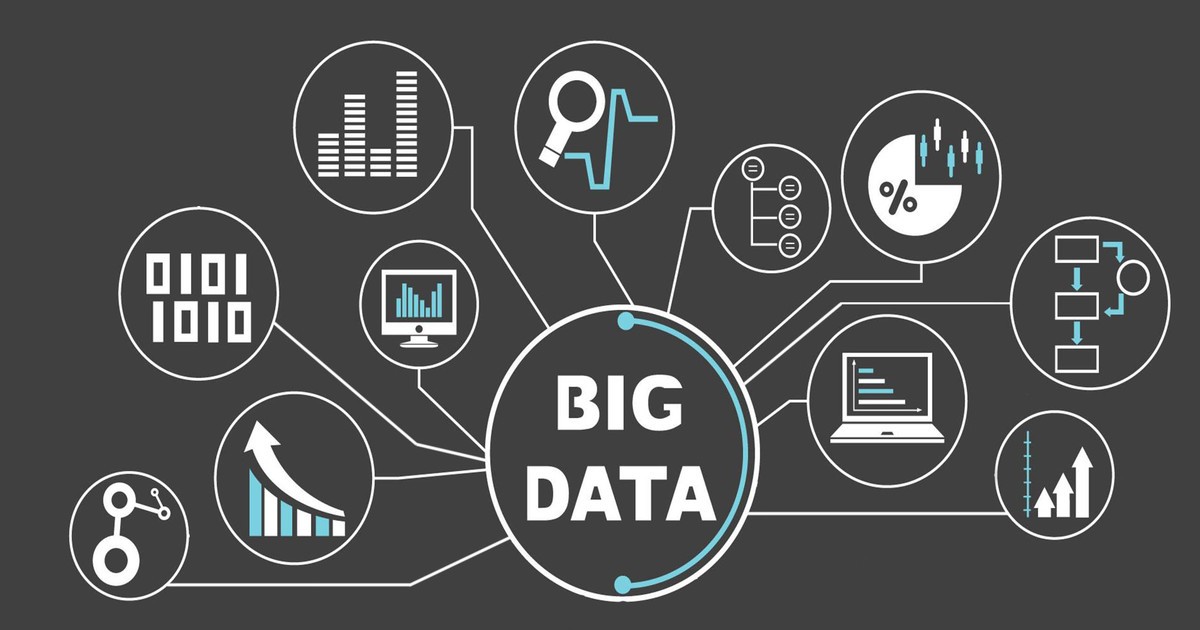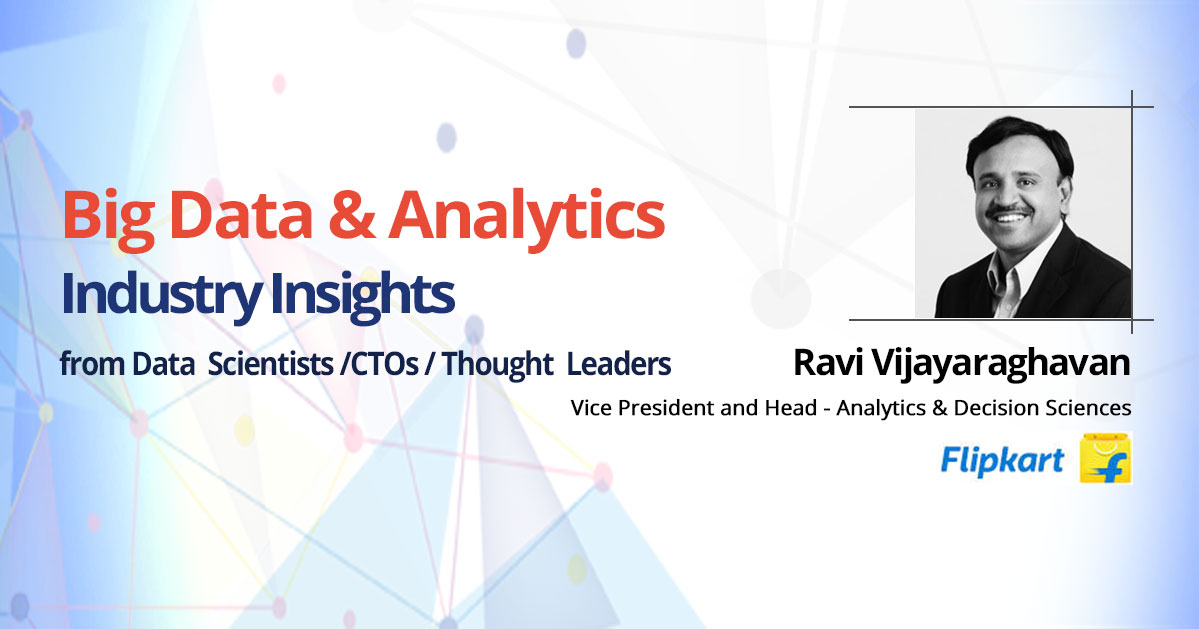Prescriptive analytics is an integral part of business analytics. In business, you have to make decisions based on varying kinds of data. Every problem in business and life, as well, is unique. No “one shoe fits all sizes” kind of a solution exists in the industry. It depends on the situation. Hence, we can define predictive analytics as a statistical method dedicated to finding the ideal course of action for a particular situation. It is proving to be crucial to business success in 2020. According to PR Newswire, its market size is estimated to grow from USD 1.16 billion in 2016 to USD 4.58 billion by 2021, at a Compound Annual Growth Rate (CAGR) of 31.7 percent.
What is Prescriptive Analytics?
One can also define it as a “horses for courses” type of a solution wherein the same problem can have two different answers under varying circumstances. In Business Analytics terminology, prescriptive analytics is a combination of descriptive and predictive analytics.
How Do You Distinguish Between the Three?
Descriptive analytics is when you analyze a set of data based on what has already happened. It provides you with an insight as to how a particular event occurred. Predictive analytics takes it a step further by forecasting what can happen in the future. It perches itself between these two methods by helping determine the best course of action required to achieve the desired solution given the known parameters.
Download Detailed Brochure and Get Complimentary access to Live Online Demo Class with Industry Expert.
How Does This Concept Help?
It is helpful because it helps you to take advantage of a future opportunity or caution against an imminent threat/risk. Therefore, you have an alternate plan of action to implement things if they do not work out as expected.
This example should make things clear for you.
Imagine you are cruising along on the highway on your bike. You know there is a junction ahead. Hence, you presume that another vehicle could come along at any moment. It alerts you, whereby you have an alternate plan in mind if a car does appear out of the blue. In short, you are prepared to handle this risk because of prescriptive analytics. Say, the possible threat turns out to be a false alarm. Under such circumstances, you can cruise along happily.
How Does Prescriptive Analytics Work?
It requires clarity of thought. You have a problem in front of you, and you are aware of the solution, as well. Prescriptive analytics lies in finding the right way to arrive at the solution, given the data you have on hand. In technical terms, we can say that those using this technique need unique algorithmic models and precise directions to generate automated recommendations or decisions.
Everyone knows that no one can recommend a solution without understanding the problem. Thus, prescriptive analytics begins with acknowledging the fact that there is a problem that requires a solution.
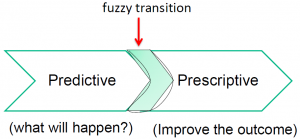
Prescriptive Analytics Examples
We have already discussed a rudimentary example. Here is another example.
Training personnel can use predictive analytics to learn that a significant proportion of learners might not be able to complete a specific course without acquiring a particular skill. Prescriptive analytics can help you design an algorithm that can detect people lacking specific expertise in question. It can then proceed to send an automated message or recommendation to such persons urging them to acquire the skills before enrolling for the training course.
One should note that a specific recommendation would only apply to a particular situation. Therefore, what might work for the training needs for one company might not necessarily work for another. Hence a prescriptive analytics model is tailored depending on the situation and needs. It also varies according to the quality of data that is available for analysis.
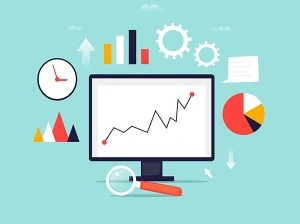
Advantages of Prescriptive Analytics
We have seen that it helps businesses find the right solution to a problem under given circumstances. This method of analytics has several advantages. We shall discuss some of them for your benefit.
Before discussing the advantages, we shall clarify that prescriptive analytics depends on the following two factors.
- The data available on hand
- The ultimate objective of the exercise
Thus, it works in tandem with predictive analytics to provide better insights, whereby businesses can achieve a higher level of profitability in three crucial areas of the company.
1. Generation of revenue
Prescriptive analytics applications can provide detailed as well as timely information about the customers’ preferences. It also allows business managers to identify new opportunities for cross-selling and accelerating the regular sales cycles at the same time. Thus, businesses can use prescriptive analytics to generate higher levels of revenue.
2. Management of Gross Margins
Prescriptive analytics techniques when employed along with predictive analytics can provide gainful insights into the optimal product mix for the given and anticipated market conditions. Thus, a company experiences higher productivity, thereby enhancing the profitability aspect.
3. Reduction of expenses
When you apply prescriptive analytics techniques, it becomes easy to manage inventory levels. You have a definite plan of action to achieve a specific objective. Therefore, there is no need to store inventory for long durations. It also ensures to minimize manual processes and costs. Thus, a company ends up controlling the expenses better.
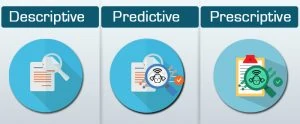
The Distinction Between Prescriptive Analytics and Predictive Analytics
We have seen how prescriptive and predictive analytics work in combination to help businesses generate profit and reduce expenses. However, there are prominent differences between the two concepts.
Predictive analytics
Imagine you go to a fortune teller and learn what the future holds for you. Predictive analytics is similar in many ways. However, the objective of predictive analytics is not to tell the future. No one can do that. However, predictive analytics can forecast specific happenings depending on the availability of data. For example, if a cyclonic storm is brewing in the ocean, it can move towards landfall. Predictive analytics forecasts the probability of the cyclone striking land at a particular time.
Prescriptive analytics
Taking the same example forward, prescriptive analytics applications help to find solutions to withstand the cyclone and ensure that it causes minimal harm to both life and property. It prepares you to face the hurricane. You cannot combat it or prevent it from happening, but you can take steps to minimize damage. Prescriptive analytics focuses on these aspects of mitigating and facing risk.
Prescriptive Analysis Applications in Business
As discussed earlier, prescriptive analytics helps businesses understand how to face and overcome challenges. It is sort of like the prescription a doctor gives to cure illnesses. Doctors prescribe medicines that patients have to take in the right dosage to get cured. Similarly, prescriptive analytics applications help businesses to avoid untoward incidents such as shortage of resources, reduction in cash flows, and non-achievement of targets.
Organizations use prescriptive analytics techniques to decide optimum sourcing locations, logistics routes, and optimum quantity to reduce expenses and save costs. It considers various factors like demand and supply position in the market, thereby ensuring to hold the right levels of inventory to ensure proper capital utilization.
Today, all COTS (Commercial off-the-shelf) products have prescriptive analytics applications built into it. It enables organizations to account for all kinds of constraints depending on the situation.
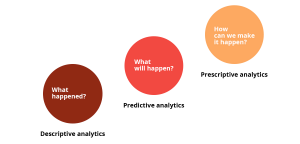
One of the best examples is that of the Google self-driving car. The vehicle has to make millions of calculations much in the same way we do when driving our cars. Based on the experience gathered by the system on its numerous trips, it updates the decision-making process. Thus, it becomes better equipped to handle a situation as it arises.
Constraints of Prescriptive Analytics Techniques
We have understood the concept of prescriptive analytics and discussed various prescriptive analytics applications, as well. We have also discussed its advantages to businesses, whereby it becomes easy for them to manage profitability aspects. Let us now glance through a couple of its constraints.
From what we have read above, we can say that prescriptive analytics can eliminate the levels of uncertainty and thus, help prevent fraud by limiting risks. It also increases the efficiency of an organization, thereby creating more loyal customers. However, it is not a foolproof technology in any way. It becomes effective only if the organizations know what questions to ask and how to respond to the answers that they get. Incorrect presumptions can lead to a mess.
Secondly, prescriptive analytics techniques can help you face the situation and not avoid it altogether. It prepares you to withstand the damage, but it does not prevent the event from occurring. Thus, if predictive analytics forecasts the occurrence of a cyclone, all that it can do is to prepare you to face the cyclone. It does not prevent it from happening.
Prescriptive analytics works depending on the data and the situation. Therefore, what works for one company need not necessarily work for another. Everything depends on the situation. One of the crucial aspects of prescriptive analytics is data governance and the quality of data you have for analysis.
Data Governance
W Edwards Deming, the noted American statistician and engineer had once said, “In God we trust. All others must bring data.” It aptly surmises the concept of prescriptive analytics. Everything depends on the quality of the data you get. If the data is genuine, it can work wonders by eliminating the risks and making it easy for the business to plan out their moves. At the same time, junk data can throw everything into disarray. Hence, one can safely say that data governance is a critical aspect of prescriptive analytics.
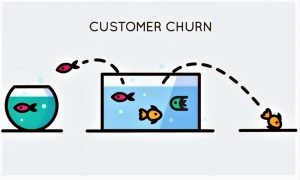
Key Takeaways of Prescriptive Analytics
- Prescriptive analytics works in combination with predictive analytics to find the right ways to achieve the objectives of the business. Thus, it needs data to determine near-term outcomes.
- The most significant benefit of prescriptive analytics is that it helps organizations take well-informed steps based on facts and probability-weighted projections. When you have a prescriptive analytical solution at work, you remove the concept of finding a solution based on instinct.
- It helps make use of machine learning, thereby ensuring that the business decides on the optimum course of action depending on predictive analytics.
Prescriptive Analytics Examples in Real-Life Situations
We have seen various prescriptive analytics techniques that help businesses make an optimum profit. Now, we shall look at some prescriptive analytics applications in real-life situations.
- Bushfires are frequent in Australia during the summer months. The local disaster recovery teams use prescriptive analytics applications to decide whether to evacuate residents based on factors like the intensity of the fire, the direction of the wind, and so on.
- Hospitals and healthcare clinics make use of prescriptive analytics applications to improve the outcome for patients. Depending on the patient’s health condition and his or her response to treatment methods in the past, the hospitals can formulate better treatment facilities. It enables doctors to understand which patients have the highest risk of readmission. Thus, healthcare providers can concentrate on such patients to educate them and reduce their visits to the hospitals in the future.
- Airline industries have great use for prescriptive analysis techniques. This analytical method helps airline companies automatically raise or lower ticket prices based on factors like customer demand, gasoline prices, and weather conditions. If the weather conditions make it challenging for road travel, prescriptive analytics ensures an increase in rates depending on the demand. It eliminates the need for a computer operator to gauge the situation and change the prices manually.
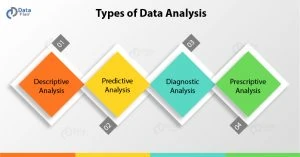
Summary
We shall sum up the entire article in a few words.
Analytics solutions always aim to provide better support to make the right decisions. The decision supporting capabilities can be segregated into five different categories.
- Planning Analytics – What is the plan of action?
- Descriptive Analytics – What happened?
- Diagnostic Analytics – Know why it happened
- Predictive Analytics – What will be the consequences?
- Prescriptive Analytics – What should be done to get the best out of the situation?
Thus, you see that prescriptive analytics has critical importance in business analytics. It shapes the way you respond to a particular situation. Therefore, if used correctly, it can help mitigate every risk to ensure that the business displays optimum profitability.
Conclusion
Are you inspired by the opportunity of Data Science? Digital Vidya offers one of the best-known Data Analytics courses for a promising career in Data Science. Industry-relevant syllabuses, pragmatic market-ready approach, hands-on Capstone Project are some of the best reasons for choosing Digital Vidya.
